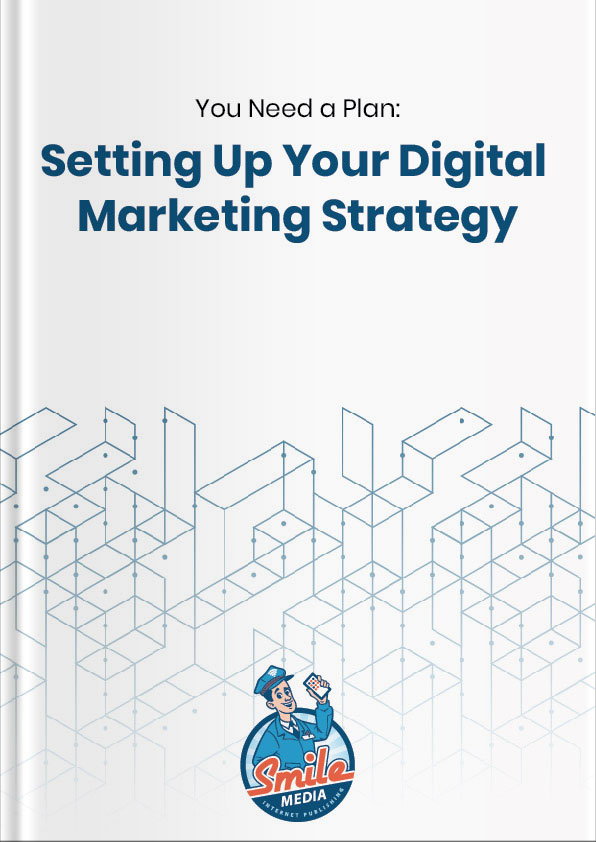These days, a new app is added to the digital ecosystem every few minutes. With such a large number of apps crowding the online marketplace, it is easy to believe that the process of web and mobile product development is simple. But that couldn’t be farther from the truth.
It Takes Time
The process of planning, designing, and developing a website or mobile application is extremely complex and time-consuming. There are many stages that require successful completion for a product to reach optimal quality. Unfortunately, there are many low-grade apps in the marketplace because not all developers follow the necessary steps with precision. Best results can only be achieved only when careful thought and planning go into developing a web or mobile product.
The Process
Before you can begin the actual development process, you’ll need to analyze the market, determine which kind of app you want to develop, estimate how much it will cost, and plan the execution of the project. The long and often expensive process can be discouraging at times, but each step is of equal importance. Skipping steps or rushing through the process will only result in poor quality products.
The following are the recommended stages of web or mobile product development:
- Analysis
- Customer Persona
- Monetization
- Designing
- User interface design
- Planning
- Prototype
- Development
- Quality assurance
- Launch
Let's take a deeper look at what’s involved with each step:
Every product idea needs to have a solid foundation. The first step is all about determining the basis for which the framework of the product is to be developed. The analysis phase is a crucial first step, and is when research is done on the product concept and the market. You’ll need to answer questions, some of which may include:
- Who is the product for?
- What age group/income level/location is it targeting?
- How much will it cost to develop the product? To market it?
- How much will it cost to buy?
- What problems does it solve?
- Who are the biggest competitors of the product and how will this product be better than others?
2. Developing Customer Personas
While a product may be a great solution to a problem, every product may not be useful to every audience. While one product may appeal to a younger demographic, another may appeal to an older demographic, and so on. Having a defined target market is crucial to successfully marketing your product.
By creating customer personas, you can market more effectively to your target market. It’s important to consider your target audience’s age group, behavior patterns, lifestyle, and other demographic factors when creating personas.
For example, you may want to answer the following questions in order to develop your personas:
- Who are your customers?
- Where do they live?
- How old are they?
- What are their interests?
- How will they use your product?
- When will they use it? Where?
- What causes them to continue using the app after initially installing it?
3. Monetization
How will your app make money? Through advertising? Through subscription memberships? Will you also be selling physical products and services? These are all question which should be answered well before development begins.
Keep in mind that if you create an app that's exclusively for mobile users, you will need to invest a great deal of time and money into promoting it; otherwise, it may get lost in the overcrowded app store. Therefore, it is recommended to create a web product first. Once you have a strong base of visitors, email subscribers, and potential customers, you can then create a mobile application to accompany the web version.
4. Design & Development
More often than not, sketching and wireframing ideas is a time-consuming process, but it is one that cannot be neglected. It’s important to give the web designer a clear idea of your vision for the web or mobile application. As the web designer sketches ideas, it’s important for members of your business to add input and make suggestions for improving the product throughout the process. Though the web designer is leading the project, the final design should be a collaborative effort. Everyone's input is equally necessary to create a product that looks good and functions as it should.
5. User Interface Design
For your web or mobile app to be successful long-term, those who install your web or mobile product must find it easy to use. By developing an intuitive user interface, you can ensure an optimal user experience. User interface design includes a proper structure of the information, interactive design, and visual design. Some questions to ask may include:
- Is the design clear and simple?
- Will the users find their way around the app easily?
- Do all aspects of the app work as they should?
6. Planning and Implementation
When the design is complete, the application implementation begins. During this stage, the application development begins, and work is distributed among the appropriate people for proper implementation and creation of the prototype.
To successfully implement the application, there are some questions to consider:
- How many programmers are needed to complete each step of the implementation process?
- What will the cost of each step be?
- How complex will it be to create a prototype?
7. Prototype Development
A prototype is a sample that represents what the actual product will look like, and how it will work. It is meant to be a platform for testing, in order to confirm that the design and concept of the product is what it was envisioned to be. By sharing the prototype with business stakeholders and potential users, you can effectively determine whether the app is functioning properly and optimally. It’s important to get constructive feedback so that usability issues can be corrected before it is released.
8. Product Development
It is during the development phase that any glitches are fixed and the final product is built. This could take some time depending on the type of app. Web apps are generally easier to build, but they may not integrate with the features of a smartphone. Therefore, ensuring uniformity between the web and mobile version of the app is important. Not only should the apps be visually similar, but they should also have the same flexibility and functionality.
9. Quality Assurance Testing
The final step before the launch of the product is to perform quality assurance. Once the final product is created, it must be thoroughly tested for glitches or technical issues that could affect usability. Many companies have a separate department for quality assurance to test products to ensure they meet all requirements before launching.
10. Launch
When the quality assurance process is complete, the final product is ready to launch. Mobile apps can be submitted to the app store and websites can be made live. However, launching a web or mobile app isn't the end of the process. It must be consistently tested and upgraded, user issues must be solved, and glitches must be fixed. The product should keep up with changing technology, and be able to adapt to newer devices as they emerge.
Are you Considering Creating a Web or Mobile App?
Remember: Creating a web or mobile application is not an easy process, requiring many key steps, from analysis through launch, and it doesn't end there. The process requires a significant amount of time and money, as well as a long-term commitment. Each step of the process is important to developing and maintaining a successful web or mobile application.
If you’re looking for design agencies in Boston to help with web and mobile product development services, contact SMILE media today!









